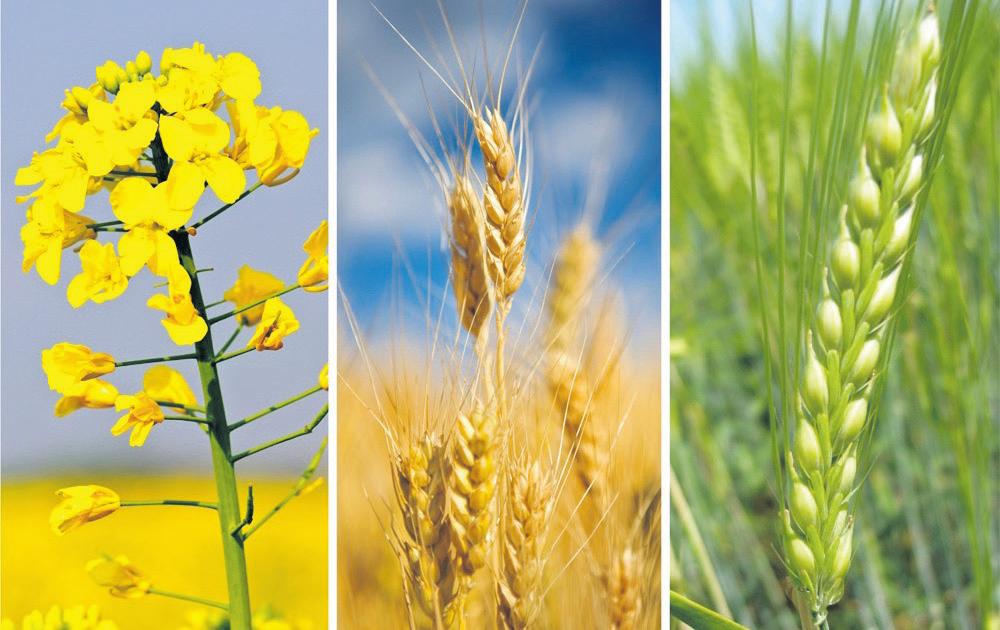
1 minute read
Global production set to recover in the medium term
Australia is a major producer of wheat, barley and canola and has benefted from historically high prices for these commodities over the past few years, at a time where production conditions have been exceptional. However, while Australia has enjoyed three consecutive years of well above average rainfall, many of
Australia’s international competitors have had poor growing conditions and drought.
This has meant that production of canola in Canada – the world’s largest producer – has been severely restricted in the last few years, pushing up global prices for oilseeds at a time where demand has been strong, particularly in the European Union as it aims to increase its use of biofuels. Recovery of soybean production in Brazil, the United States and Argentina – the three largest producers – is also expected to push down oilseed prices over the mediumterm. Production of wheat in Argentina is expected to increase over the medium term as weather conditions improve, following poor production results forecast for 2022–23. Wheat production is forecast to have increased in Canada and the Russian Federation in 2022–23. Similarly, production of corn in the United States is expected to increase following a large decline in 2022–23, while corn production in Brazil is estimated to reach record levels in
2022–23, despite the dry conditions in the south of the country. The recovery of production for grains is projected to put downward pressure on grain prices over the medium-term.
The ongoing war in Ukraine has also contributed to the historically high grain prices. In 2022–23, Ukraine production of oilseeds and grains is expected to be down from 2021–22. However, the future of the Black Sea Grain Initiative, which has opened up the Black Sea export corridor, will impact on future prices. The initiative is due to be reviewed in March 2023 and were it to cease this could create further volatility and price shocks in global grain markets.










